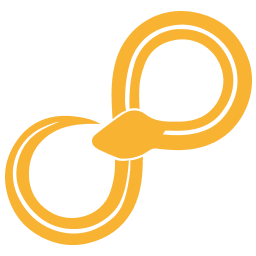Source code for node_utility
# This file is part of Sympathy for Data.
# Copyright (c) 2017, Combine Control Systems AB
#
# SYMPATHY FOR DATA COMMERCIAL LICENSE
# You should have received a link to the License with Sympathy for Data.
import numpy as np
from sympathy.api import node
from sympathy.api.exceptions import SyNodeError
from sympathy.api.nodeconfig import Port
from sympathy.api.nodeconfig import Ports
from sympathy.api.nodeconfig import Tag
from sympathy.api.nodeconfig import Tags
from sylib.imageprocessing.image import File as ImageFile
[docs]
class FeaturesToImages(node.Node):
name = 'Features to Images'
author = 'Mathias Broxvall'
icon = 'features_to_image.svg'
description = 'Converts each row into a separate image in a list'
nodeid = 'org.sysess.sympathy.machinelearning.features_to_images'
tags = Tags(Tag.MachineLearning.IO)
parameters = node.parameters()
parameters.set_integer('channels', value=1, label='Channels',
description='Number of channels in image')
parameters.set_integer(
'width', value=8, label='Width',
description='Width of image. If 0 then compute automatically '
'assuming square input image')
inputs = Ports([Port.Table('Dataset to be converted', name='X')])
outputs = Ports([Port.Custom('[image]', 'Output images', name='out')])
def execute(self, node_context):
channels = node_context.parameters['channels'].value
width = node_context.parameters['width'].value
X_tbl = node_context.input['X']
X_arr = X_tbl.to_array()
out = node_context.output['out']
rows = X_arr.shape[0]
cols = X_arr.shape[1]
if width <= 0:
width = int(np.sqrt(cols // channels))
height = (cols // channels) // width
maxval = np.max(X_arr)
for row in range(rows):
im = X_arr[row, :].reshape(height, width, channels) / maxval
im_f = ImageFile()
im_f.set_image(im)
out.append(im_f)
[docs]
class ImagesToFeatures(node.Node):
name = 'Images to Features'
author = 'Mathias Broxvall'
icon = 'image_to_features.svg'
description = 'Converts each image in a list into a row of features'
nodeid = 'org.sysess.sympathy.machinelearning.images_to_features'
tags = Tags(Tag.MachineLearning.IO)
inputs = Ports([Port.Custom('[image]', 'Input images', name='in')])
outputs = Ports([Port.Table('Dataset', name='X')])
def execute(self, node_context):
image_files = node_context.input['in']
X_tbl = node_context.output['X']
if len(image_files) == 0:
return
shape = image_files[0].get_image().shape
width = shape[1]
height = shape[0]
if len(shape) > 2:
channels = shape[2]
images = [imf.get_image() for imf in image_files]
else:
channels = 1
images = [imf.get_image().reshape((height, width, channels))
for imf in image_files]
data = np.zeros((len(images), height*width*channels))
for row, im in enumerate(images):
data[row, :] = im.reshape(height*width*channels)
if width*height*channels > 10000:
raise SyNodeError("Too large input image to convert to features.")
if channels > 1:
fmt = "y{}_x{}_ch{}"
else:
fmt = "y{}_x{}"
for y in range(height):
for x in range(width):
for ch in range(channels):
X_tbl.set_column_from_array(
fmt.format(y, x, ch),
data[:, y*width*channels + x*channels + ch])
